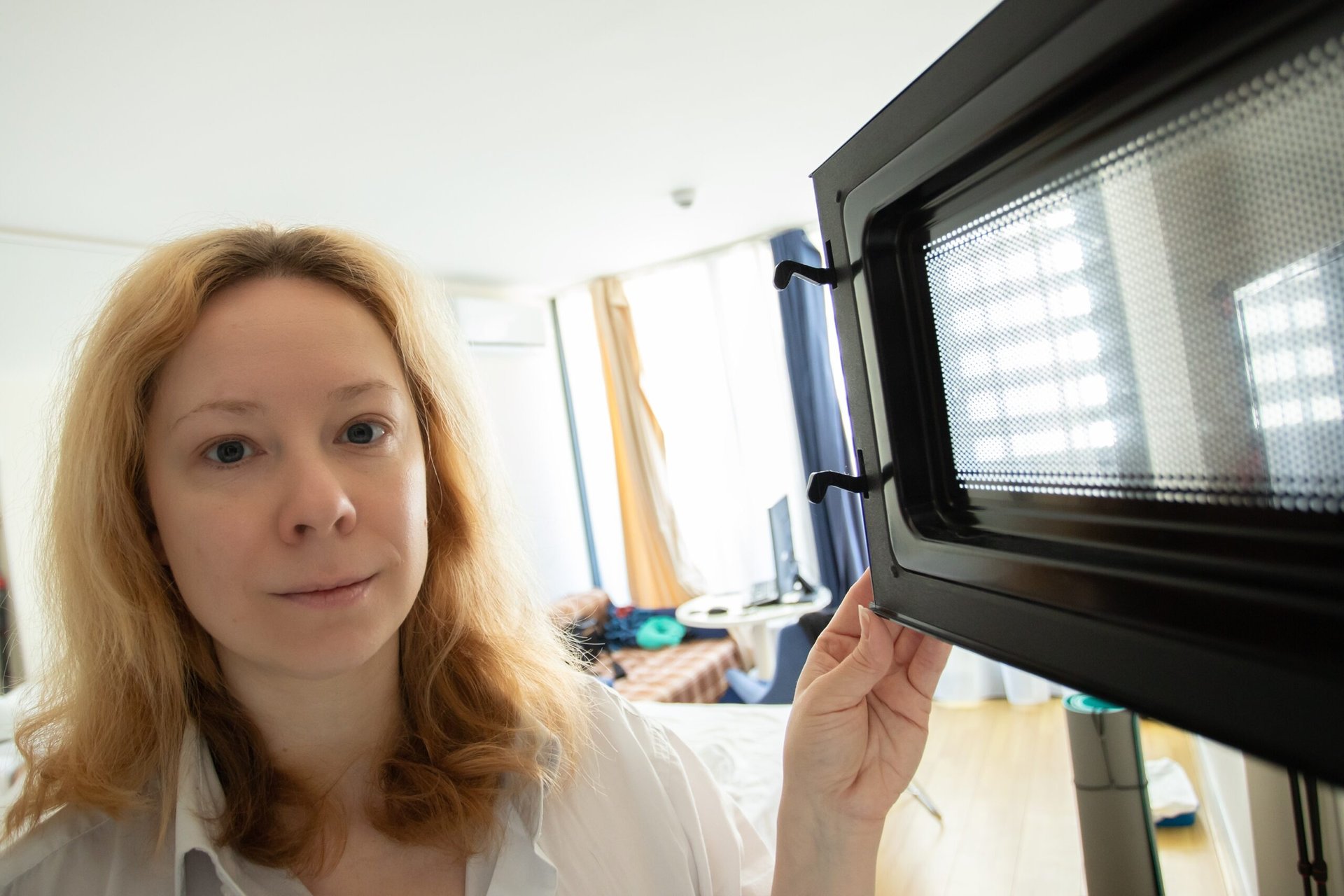
Parents and other caregivers who heat children’s plastic food and drink containers in the microwave might trigger the release of huge numbers of tiny plastic particles, according to a recent study out of the University of Nebraska-Lincoln.
Microwaving plastic baby food containers can release as many as 2 billion nanoplastics and 4 million microplastics per square centimeter of the container, researchers found.
It is unclear how the release of such particles might affect a child’s health. However, the researchers note that when they introduced these particles to cultured embryonic kidney cells, around 75% of the cells died within a couple of days.
The study was published in Environmental Science & Technology, a journal of the American Chemical Society.
In addition, in a 2022 report, the World Health Organization urged people to limit their exposure to such particles.
In a summary of the recent study’s findings, Kazi Albab Hussain — lead author of the study and a doctoral student in civil and environmental engineering at UNL — says:
“Just as we understand the impact of calories and nutrients on our health, knowing the extent of plastic particle ingestion is crucial in understanding the potential harm they may cause. Many studies, including ours, are demonstrating that the toxicity of micro- and nanoplastics is highly linked to the level of exposure.”
In conducting their study, researchers used two baby food containers made from polypropylene and a reusable pouch made of polyethylene. They found that both the type of plastic container and the liquid inside influenced how many plastic particles were released.
When looking at their findings, the researchers concluded that those at greatest risk of taking in high relative concentrations of plastic are infants who drink products with microwaved water and toddlers who consume microwaved dairy products.
Hussain says the study highlights the need to find plastic materials that release fewer microplastics or nanoplastics, or none at all. In the summary, he says:
“I am hopeful that a day will come when these products display labels that read ‘microplastics-free’ or ‘nanoplastics-free.'”





Add a Comment
Our Policy: We welcome relevant and respectful comments in order to foster healthy and informative discussions. All other comments may be removed. Comments with links are automatically held for moderation.